Introduction
Gradient Boosting is a powerful ensemble learning technique widely used in machine learning for both classification and regression tasks. Unlike Random Forest, which uses bagging, Gradient Boosting relies on boosting, where weak models (typically decision trees) are sequentially trained to correct the errors of previous models. This method achieves high predictive accuracy and is the backbone of popular algorithms like XGBoost, LightGBM, and CatBoost.
In this blog, we will explore the working principles of Gradient Boosting, its advantages, disadvantages, hyperparameter tuning, and real-world applications.
What is Gradient Boosting?
Gradient Boosting is a sequential ensemble method that builds models iteratively to correct the errors of the previous models. It minimizes the loss function by fitting new models to the residual errors of prior models.
How Does It Work?
This process describes Gradient Boosting, a machine-learning technique used for regression and classification tasks. Here's a detailed breakdown of how it works:
Step-by-Step Explanation
- Initialize the Model:
- Start with a weak model, typically a simple decision tree (also called a "stump").
- This model makes initial predictions on the dataset.
- The difference between the predicted values and actual values (the residual errors) is calculated.
- Train Additional Models Sequentially:
- A new model (often another decision tree) is trained to correct the residual errors of the previous model.
- This process is repeated multiple times, where each new model learns to minimize the mistakes made by the previous ones.
- Gradient descent is used to update model predictions by minimizing the loss function (e.g., Mean Squared Error for regression or Log Loss for classification).
- Combine Models:
- Each new model is added with a weight (learning rate) that determines its contribution.
- The final prediction is the cumulative result of all weak models.
- In classification, probabilities are refined iteratively, reducing misclassification errors step by step.
Intuition Behind Gradient Boosting
- Instead of fitting one complex model, Gradient Boosting builds many simple models that learn from the mistakes of the previous ones.
- It optimizes the function gradually by reducing errors at each step.
- The final ensemble model is highly accurate and robust.
Advantages of Gradient Boosting
- High Predictive Accuracy: Often outperforms other ensemble methods in competitions and real-world tasks.
- Handles Complex Data Well: Suitable for structured and tabular data with intricate patterns.
- Feature Importance: Helps in understanding which features are the most influential in predictions.
- Customizable Loss Functions: Can optimize various loss functions, including mean squared error (MSE) and log-loss.
- Handles Non-Linear Relationships: Works well when there are complex interactions among features.
Disadvantages of Gradient Boosting
- Prone to Overfitting: Since models are trained sequentially, there is a risk of learning noise instead of patterns.
- Computationally Expensive: Training is slower compared to bagging methods like Random Forest.
- Sensitive to Noisy Data: Can be affected by outliers if not properly regularized.
- Requires Careful Hyperparameter Tuning: Performance depends heavily on tuning learning rate, tree depth, and the number of estimators.
Hyperparameter Tuning in Gradient Boosting
To optimize Gradient Boosting, the following key hyperparameters can be tuned:
- Number of Estimators (n_estimators): Controls the number of boosting rounds.
- Learning Rate (learning_rate): Determines the contribution of each tree; lower values reduce overfitting.
- Max Depth (max_depth): Limits the complexity of individual trees to prevent overfitting.
- Subsample (subsample): Specifies the fraction of training data used per boosting iteration.
- Min Samples Split (min_samples_split): Defines the minimum number of samples required to split an internal node.
- Min Samples Leaf (min_samples_leaf): Ensures leaf nodes contain enough samples to generalize well.
- Loss Function (loss): Can be customized depending on the regression or classification task.
Real-World Applications
1. Fraud Detection
- Financial institutions use Gradient Boosting to identify fraudulent transactions.
2. Healthcare Predictive Models
- Used for disease prediction, risk assessment, and medical diagnosis.
3. Customer Churn Prediction
- Helps businesses identify customers who are likely to stop using services.
4. Recommendation Systems
- Used by streaming services and e-commerce platforms to suggest relevant content or products.
5. Stock Market Analysis
- Helps in predicting stock price movements based on historical data.
6. Natural Language Processing (NLP)
- Applied in sentiment analysis, spam filtering, and text classification.
Key Takeaways
- Gradient Boosting builds models sequentially, correcting previous errors.
- Uses boosting, unlike Random Forest (bagging).
- Gradient Descent minimizes loss at each step.
- Final prediction = sum of weak models (trees).
Pros: High accuracy, handles complex data, features importance insights.
Cons: Prone to overfitting, slow training, sensitive to noise.
Key Hyperparameters: n_estimators, learning_rate, max_depth, subsample.
Uses: Fraud detection, healthcare, churn prediction, recommendations, stock market, NLP.
Next Blog- Step-wise Python Implementation of Gradient Boosting
.png)
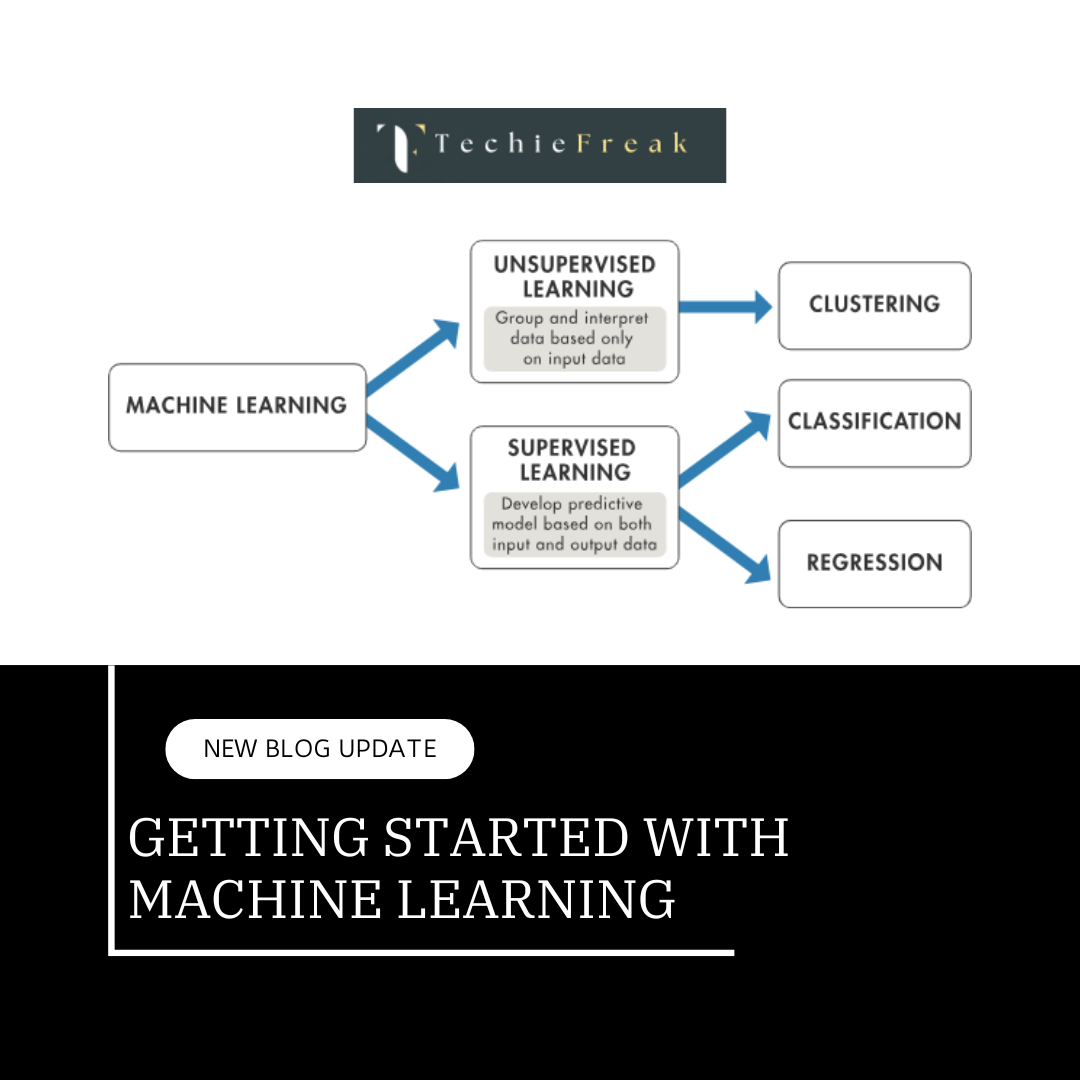
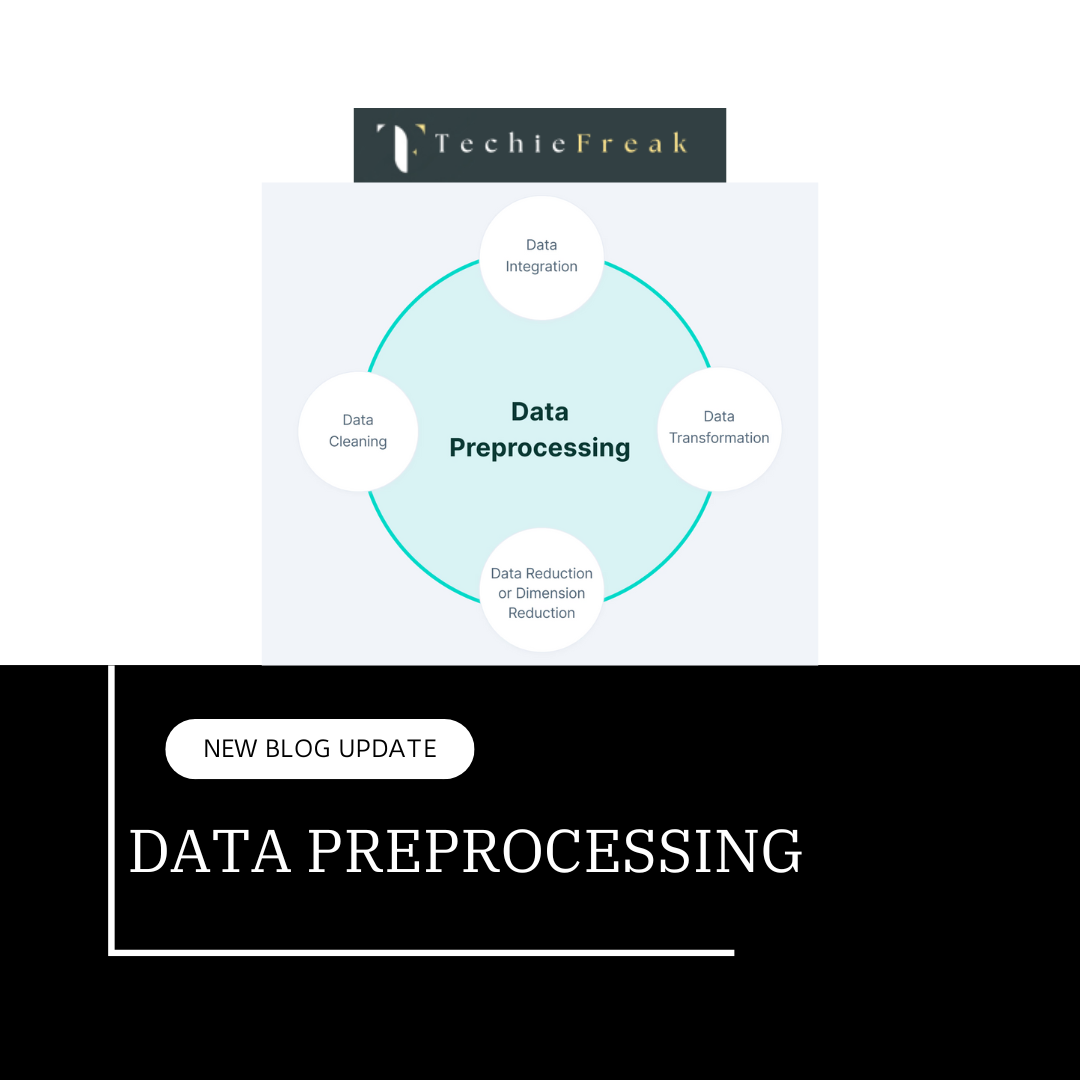
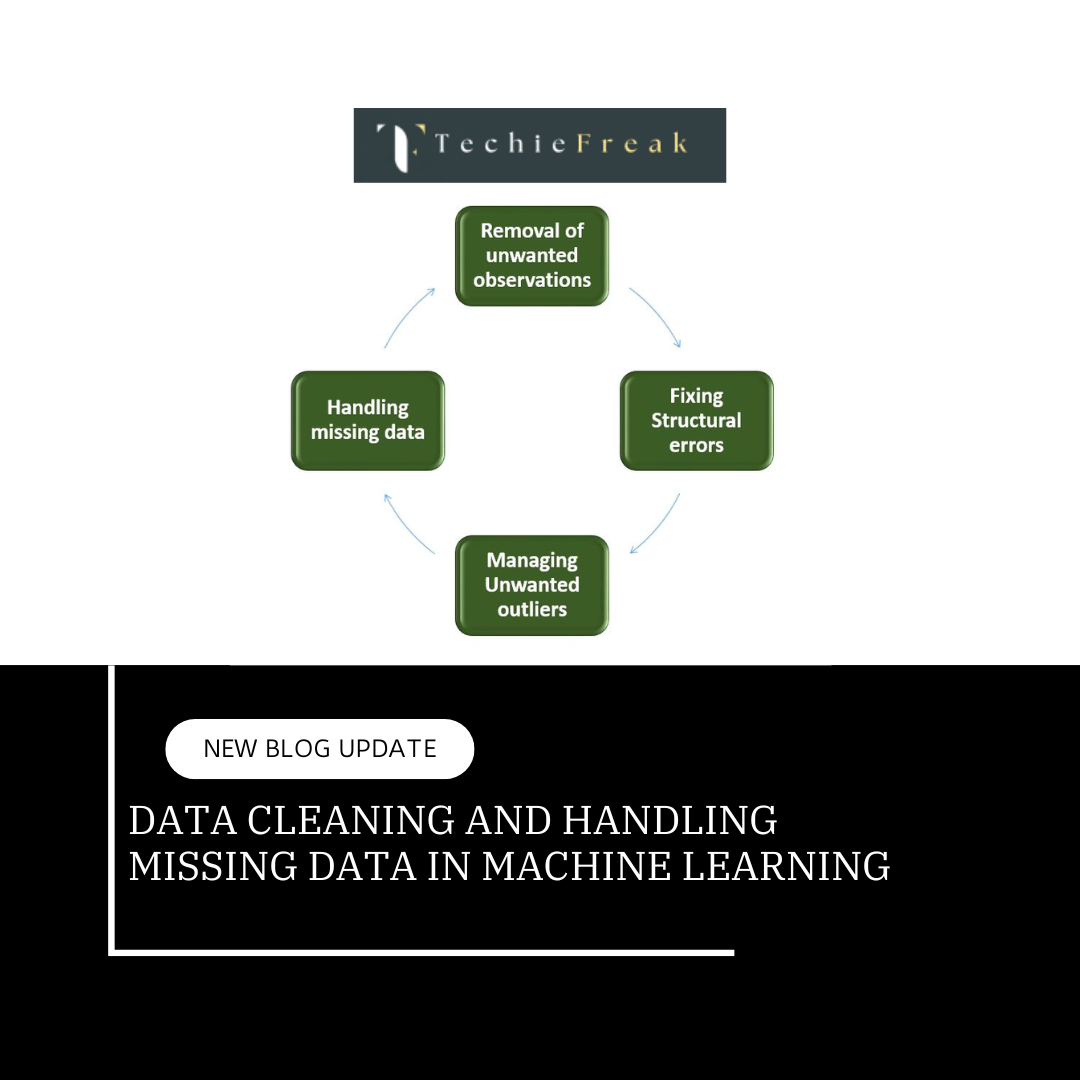
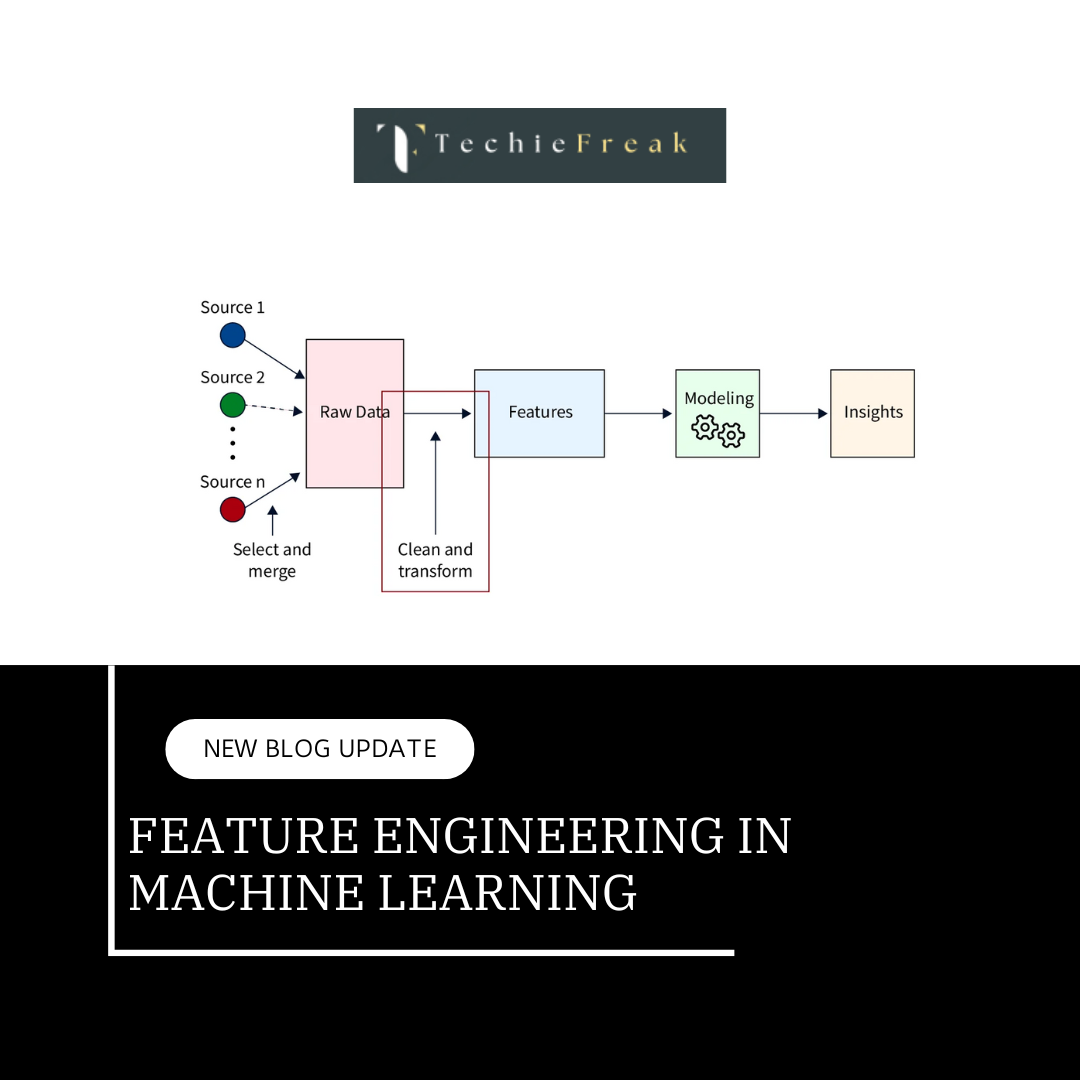
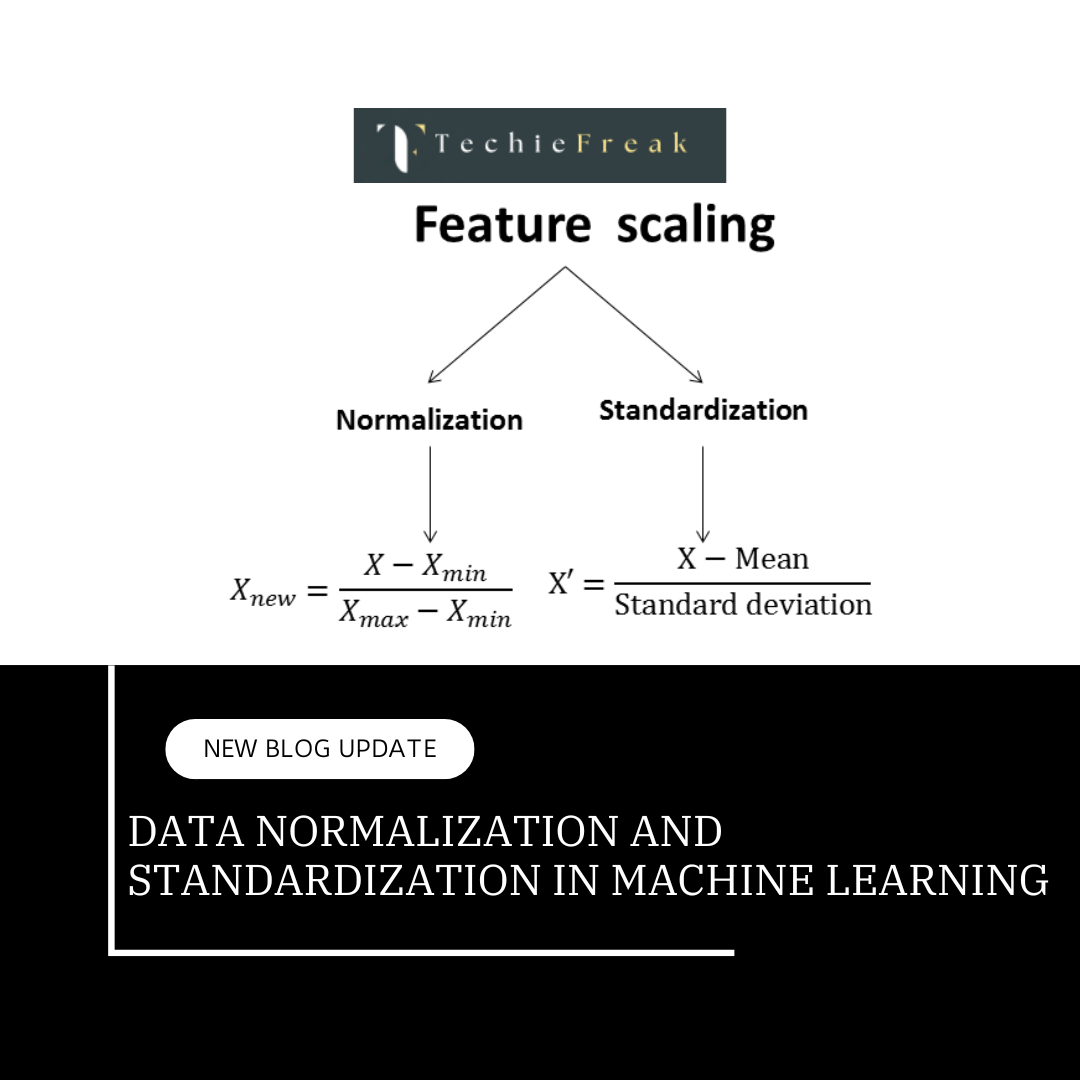
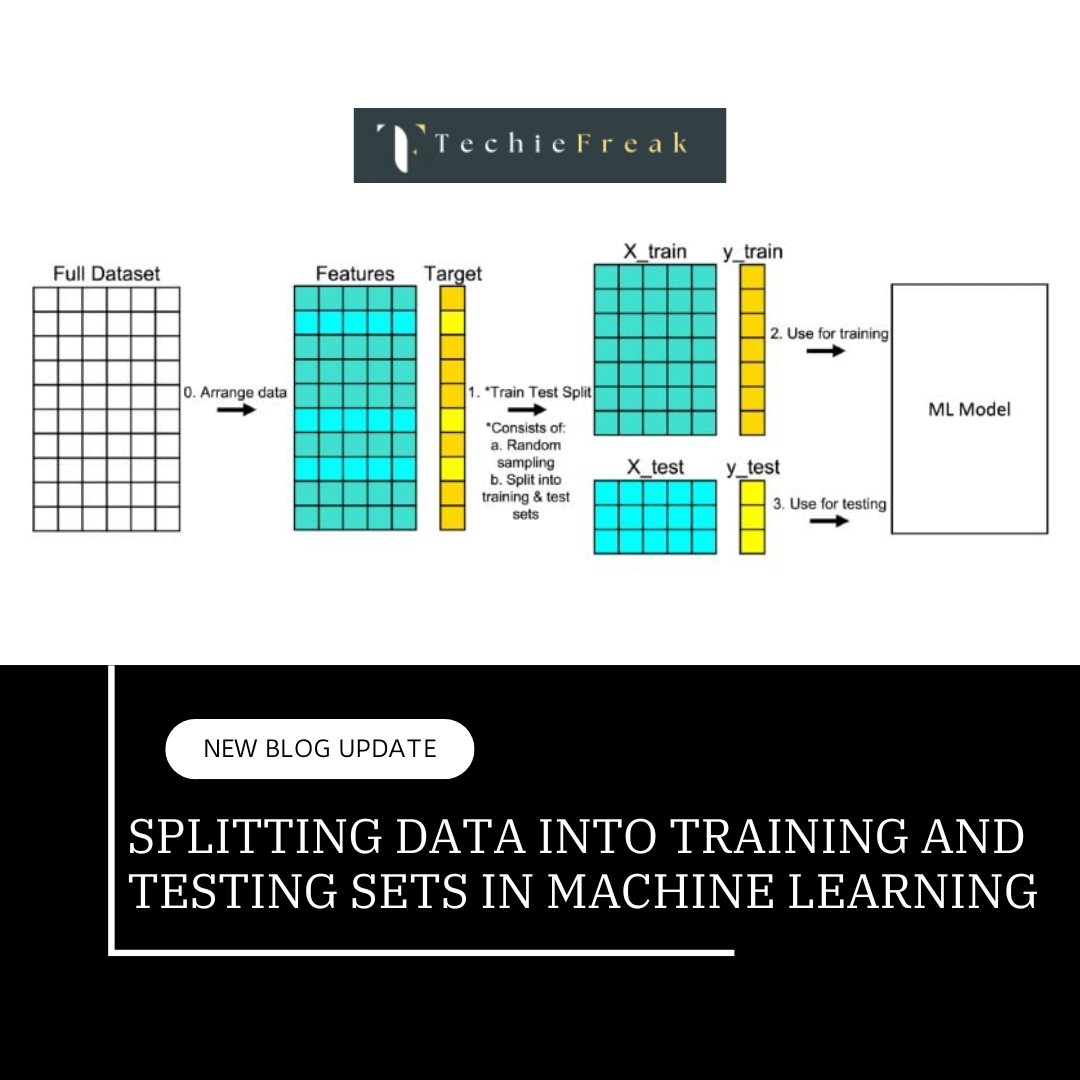
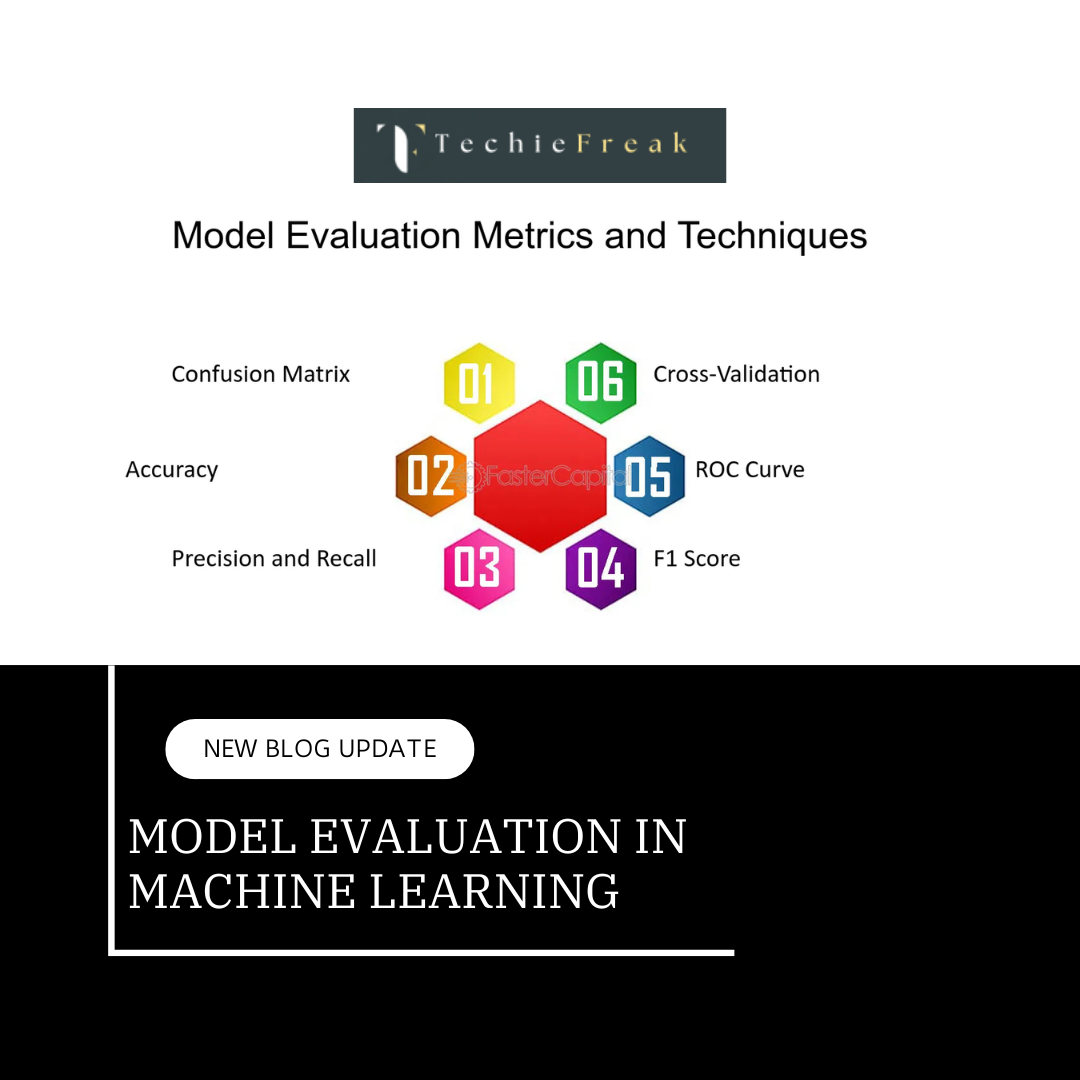
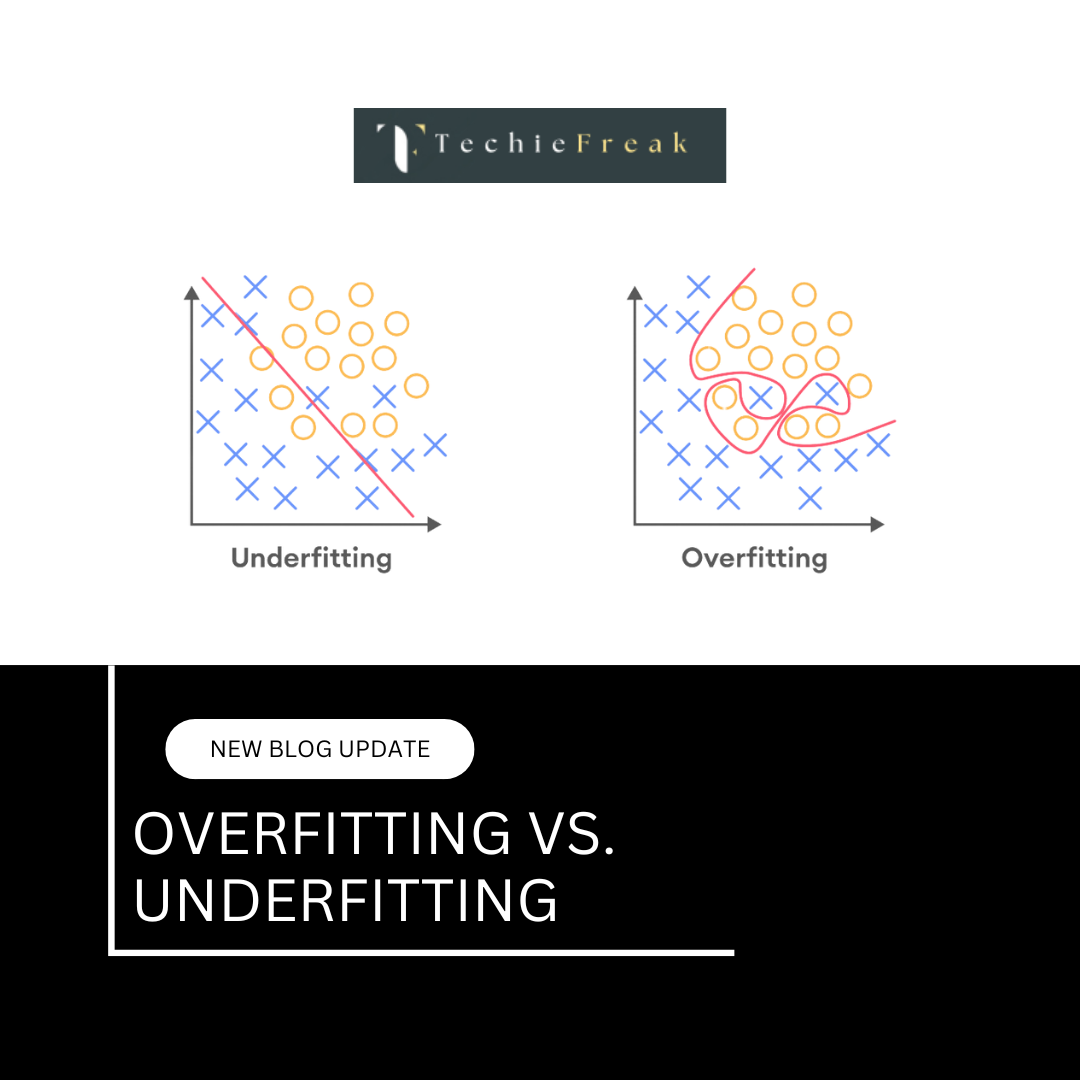
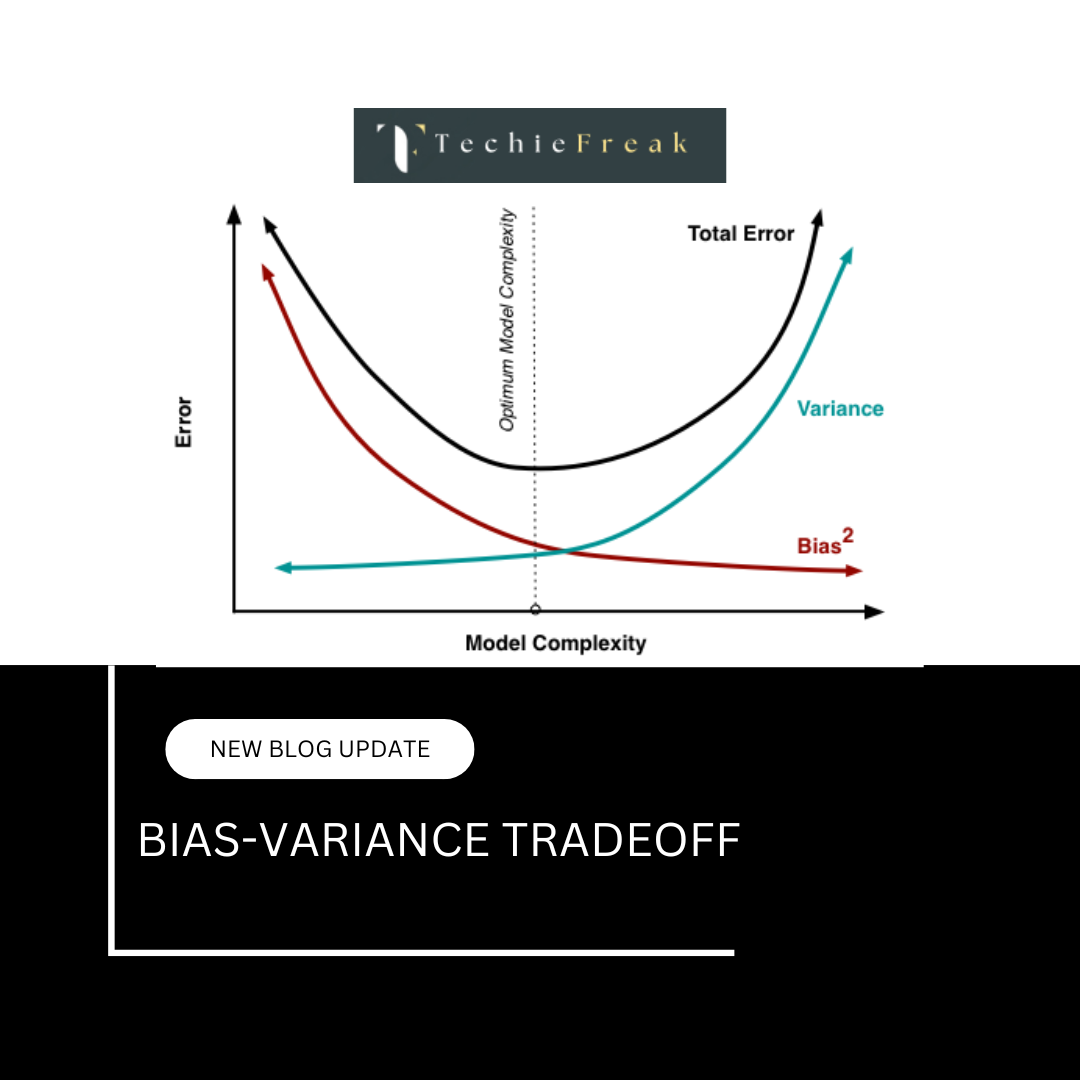
.png)
.png)
.png)
.png)
.png)
.png)
.png)
.png)
.png)
.png)
.png)
.png)
.png)
.png)
.png)
.png)
.png)
.png)
.png)
